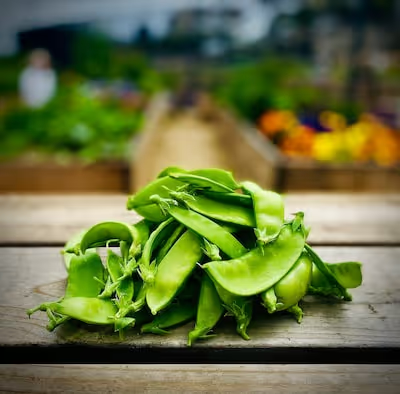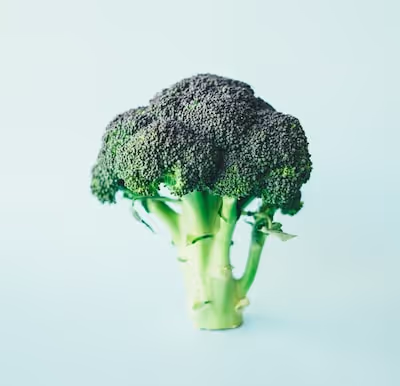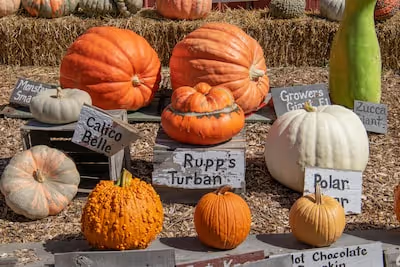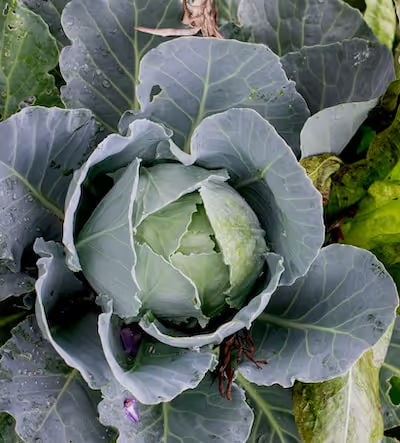Growing Leek Successfully in Your Backyard Garden
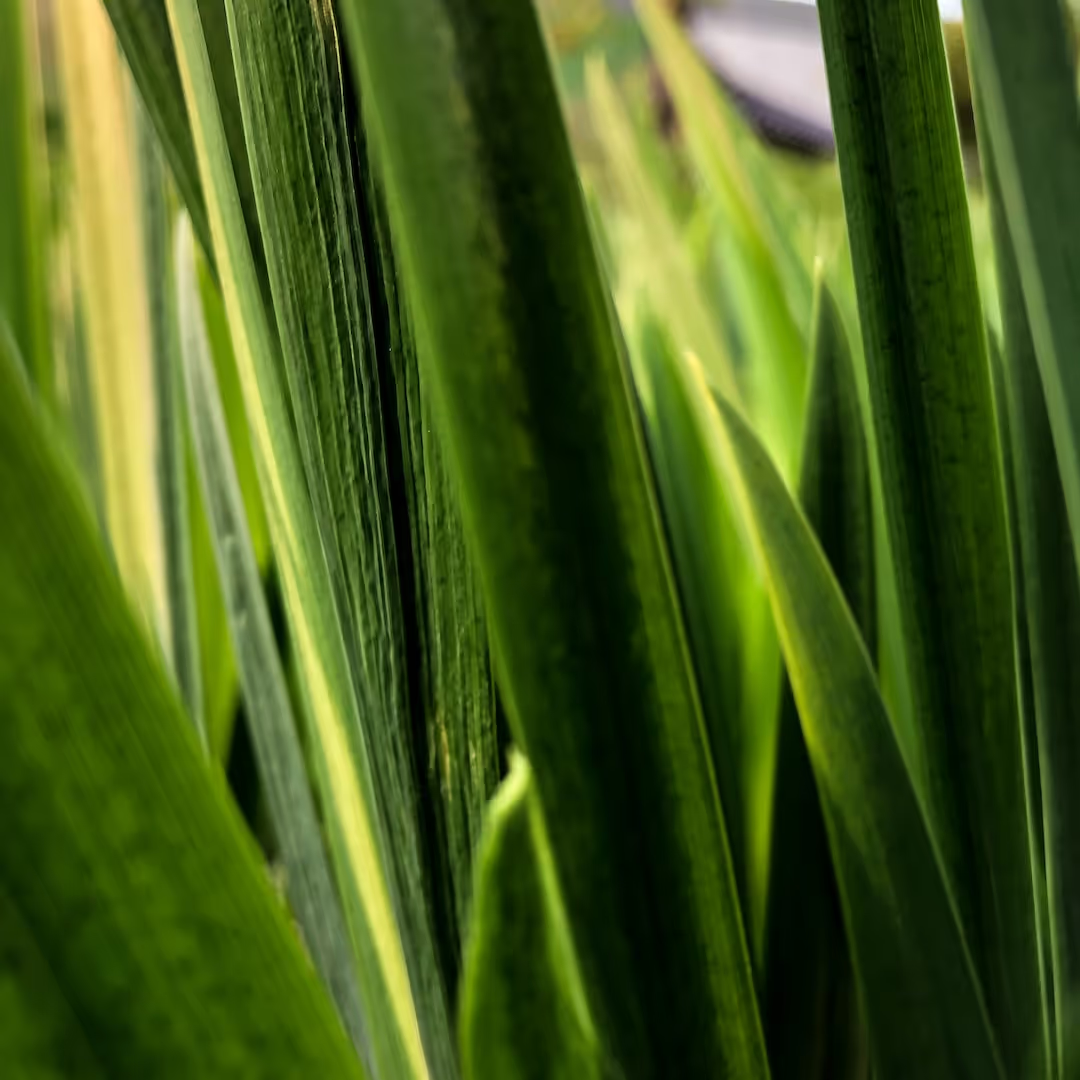
Growing Leek
Growing leek rewards you generously, and all it demands is fertile, moisture-retaining soil, steady watering and patience. To master growing leek at home—begin by choosing sunlit ground, improve the soil with organic compost, and sow seeds indoors eight weeks before spring planting. Knowing the right timing and a few seasoned tricks ensures vibrant, tasty leek harvests you’ll proudly serve at your table.
Cheatsheet: Backyard Leek Growing Made Simple
🌱 Site & Soil
Pick full sun. Use loose, rich, well-drained soil; pH 6.0-7.0. Add compost before planting.
🕓 Sowing & Spacing
- Start: Sow indoors 8-10 weeks before last frost (Feb-March in most areas).
- Transplant: Shift seedlings out after soil hits 50°F/10°C; space 6 in/15 cm apart, rows 12 in/30 cm.
- Direct sow: After last frost, ½ in/1.25 cm deep.
💧 Water & Feed
Keep soil moist but not soggy. Feed every 3 weeks with balanced organic fertilizer.
🌬️ Blanching Stems
- Hill soil up around stems 2-3 times during growth for longer white stalks.
- Or use paper tubes for blanching without soil!
🐛 Pests & Disease
Leeks repel carrot flies. Watch for onion maggot, leaf miner. Rotate crops yearly.
✂️ Harvesting
Pull leeks at pencil-thick size for baby leeks or full-size (80-120 days) for bigger yield. Harvest before soil freezes.
🥗 Nutrition & Self-Sufficiency
High in vitamin K, folate, and antioxidants. Good for soups and grilling. 100 sq ft feeds a family for months.
🛠️ Tools and Products You’ll Need
- Leek seeds or starts
- Compost
- Trowel
- Watering can or hose
- Organic fertilizer
- Garden fork for harvesting
- Mulch
- Paper tubes (optional for blanching)
⚡ Growth Stats
- Yield: 30-40 leeks per m² (10 sq ft)
- Leeks store up to 3 months in fridge or root cellar
Prepare bed: Till, amend with compost, smooth soil.
Sow seeds: Indoors 8-10 weeks before last frost or outdoors after frost.
Transplant: Space seedlings, set deep for long whites, water in.
Care: Water, mulch, feed. Hill soil to blanch.
Harvest: Uproot with fork, rinse, trim roots. Store cool.
-
Growing Leek: flavor, reliability, and quiet winter luxury
I grow leeks for their sweet minerality and the way they bridge seasons when gardens go quiet. A bed of straight, blue-green flags feels like a promise you can keep.
Timing that works in real gardens
Start seeds indoors 8 to 12 weeks before your last spring frost, then transplant when seedlings reach pencil thickness. For fall-winter harvests, sow in late winter to early spring and plant out after soil stays above 45 F, 7 C.
In mild zones, a second sowing in midsummer delivers winter digs. In cold climates, I plant once, then protect with mulch and fabric when the real cold arrives.
Typical crop time runs 90 to 120 days from transplant, with winter-hardy types stretching to 150. Source: Royal Horticultural Society and seed trade guides.
Soil that grows long, white shanks
Leeks want a fertile, loose, moisture-retentive bed, pH 6.0 to 7.0. I work in 1 to 2 inches, 2.5 to 5 cm, of finished compost and a balanced organic fertilizer at planting.
Avoid fresh manure, which can spike nitrogen and invite soft growth. Good tilth matters more than bragging about a high N number.
Planting methods that actually blanch
The goal is a long, tender, pale shank. You can get there three ways.
- Trench: Dig a trench 6 to 8 inches deep, 15 to 20 cm, set seedlings at the bottom, then backfill gradually as they grow.
- Dibble holes: Use a dibber to punch 6-inch, 15 cm, holes, drop seedlings in, and water to settle soil around roots, letting growth fill in naturally.
- Collars: Cut sleeves from food-grade tubes or cardboard and slide them up the shank later in the season.
I use dibble holes for speed, then hill soil twice in late summer. It beats chasing windblown cardboard across the yard.
Spacing, depth, and the tidy bed
Set plants 6 inches apart in row, 15 cm, with 12 to 18 inches, 30 to 45 cm, between rows. Plant slightly deeper than the first leaf junction to start the blanch.
Trim tops and roots by one third at transplant for sturdier stands. It looks brutal, yet yields a thicker shank.
Water and feeding, done without fuss
Keep soil evenly moist, about 1 inch, 25 mm, of water per week. Dry spells toughen fibers and stall diameter.
Side-dress with nitrogen when plants hit finger-thick and again a month later. I like fish hydrolysate or feather meal for a steady push without softening the tissue.
Uniform moisture and steady nitrogen reduce pithiness and boost marketable yield. Source: University extension vegetable programs.
Blanching tricks that pay off
Hill 2 to 3 times, pulling soil to the stems without dumping soil into the leaf sheaths. A soft brush flicks grit from the leaf axils after rain.
Collars work, yet I switch to soil late in the season for weight and stability. Wind respects soil.
My field-tested varieties
- Early: King Richard, Natan. Slender, fast, beautiful for summer-fall, less hardy in deep cold.
- Main season: Lancelot, Carentan 3, Megaton. Thick shanks, good flavor, handles frost with mulch.
- Winter hardy: Bandit, Tadorna, Bleu de Solaise. Stand through 10 F to 5 F, minus 12 C to minus 15 C, with straw and fabric.
For a small backyard, I plant one early and one winter type. That covers soups in September and gratins in January.
Pest pressure, straight talk
Onion thrips scar leaves and slow growth in heat. I keep beds mulched, avoid overhead irrigation during hot afternoons, and use insect netting in July and August.
Allium leaf miner has spread across parts of the Mid-Atlantic and Northeast since 2015. Floating row cover before the spring and fall flights blocks egg-laying, and timing matters more than sprays.
Leek moth hits northern areas, especially where it is established in parts of Canada and the Northeast. Netting with 0.8 mm mesh and tight edges beats chasing caterpillars later.
Rust shows up as orange pustules in humid weather. I give plants air, water early, and pick resistant or tolerant lines when rust pressure builds.
White rot lingers in soil for years, so I rotate Alliums 4 years and skip sharing tools between onion beds. If it shows, I move the entire Allium program to a clean block.
Extension programs from Penn State, Cornell, and UMaine recommend exclusion netting as first-line defense against Allium leaf miner and leek moth, with rotation and sanitation as core strategy.
Harvest, cleaning, and storage that actually holds
Harvest at 1 to 2 inches, 2.5 to 5 cm, shank diameter, or whenever you need one for dinner. A garden fork saves roots and backs.
Trim roots, strip the outer leaf if torn, and stand leeks unwashed in the fridge for up to 2 to 3 weeks. For longer, heel them into damp sand at 32 to 40 F, 0 to 4 C, and they keep a month or more.
In the field, I leave winter types in place and dig as needed. Snow insulates better than you think.
Yield planning for real kitchens
A 10-foot, 3 m, row yields 12 to 18 fat leeks, around 4 to 7 pounds, 1.8 to 3.2 kg, depending on variety and water. I plant two rows per 30-inch, 76 cm, bed for balance between airflow and output.
For weekly cooking in a small household, 30 to 40 plants carry a season. Restaurants I’ve grown for asked for Bandit by name once they tasted the winter sweetness.
Flavor notes, cook’s bias
Heat them slow and patience pays, like coaxing bass from a blown speaker into silk. I braise thick halves in broth, lemon, and a chunk of butter until the centers sigh.
In soups, I slice lengthwise first to rinse grit from the sheaths. The clean, gentle allium gives you range that onions can bulldoze right past.
Growing Leek from grocery scraps
You can re-root the base in water and then pot it up, but expect skinny stems. For full-size shanks, start from seed or sturdy transplants.
Quick diagnostics
- Thin, pale, slow growth: low nitrogen or cold, side-dress and wait for soil to warm above 50 F, 10 C.
- Silvery streaks and bronzing: thrips, use fine mesh netting and reduce dust.
- Orange pustules: rust, improve spacing and avoid overhead water late in the day.
- Curvy mining and maggots in stems: Allium leaf miner, exclude adults with netting during flights.
- Split shanks: erratic water, keep moisture even during bulking.
Shopping list for Growing Leek
- Seeds: one early and one winter-hardy variety to stagger harvests. Look for germ rates above 85 percent and disease-screened lots.
- Seedling gear: 128-cell trays, quality mix, bottom heat at 68 to 72 F, 20 to 22 C, and bright lights at 12 to 14 hours.
- Dibber or transplant tool: makes consistent holes for straight shanks.
- Fertilizer: slow-release organic nitrogen plus liquid feed for side-dressings.
- Insect netting: 0.8 mm mesh with sandbags or clips to seal the edges.
- Mulch: clean straw or shredded leaves to hold moisture and buffer winter lows.
Related comparisons gardeners ask me about
- Leek vs. bunching onion: leeks give thicker, sweeter stems and overwinter better, bunching onions cycle faster for scallions.
- Trench vs. collars: trenches win for scale and stability, collars fit tight spaces and heavy rain areas.
- Direct sow vs. transplants: transplants deliver uniform shanks and better weed control, direct sowing works only in weed-free beds with reliable moisture.
Anecdotes from the bed
I once left Bandit under 8 inches, 20 cm, of snow and dug in February during a thaw. The sweetness after those cold nights tasted like it had read Escoffier and decided to behave.
Another year a hot, dusty August lit up thrips, and one deep watering plus netting flipped the script in two weeks. Plants forgave me, as they often do if you listen fast.
Key numbers that guide me
Soil pH 6.0 to 7.0, spacing 6 inches, 15 cm, water 1 inch per week, 25 mm, transplant at pencil thickness, and rotate Alliums 4 years. Sources: RHS, Cornell, University of Minnesota Extension, Johnny’s production guides.
Seed to plate, without drama
Keep light bright, roots moist, and nitrogen steady. Hill for blanching, block the flies, and give winter types a blanket when real cold bites.
References I trust for Growing Leek
- Royal Horticultural Society, Leek growing guide and variety notes.
- Cornell Vegetable Program, Allium IPM and leek cultivation bulletins.
- Penn State Extension, Allium leaf miner distribution and control recommendations.
- University of Minnesota Extension, onions and leeks production tips and soil fertility ranges.
- Johnny’s Selected Seeds, commercial production manuals and spacing data.
Frequently Asked Questions About Growing Leek
What soil conditions produce healthy leeks?
Leeks flourish in soil that is well-draining and enriched with plenty of organic matter. Incorporate aged compost or well-rotted manure several weeks before planting to encourage steady, vigorous growth. Aim for soil with a neutral pH range of 6.0 to 7.0 to support optimal nutrient absorption.
How much sun exposure do leek plants require?
Leeks grow best when they receive full sun, meaning at least 6 to 8 hours of direct sunlight daily. While they tolerate partial shade, consistent sunlight promotes sturdier stems and improves bulb development significantly.
What's the ideal planting depth and spacing for leeks?
Plant leek seedlings approximately 6 inches (15 cm) deep, allowing adequate room for blanching—the technique of covering stems to achieve a tender, white base. Space individual plants 4 to 6 inches (10 to 15 cm) apart in rows roughly 12 to 18 inches (30 to 45 cm) apart, nurturing excellent air circulation and healthy growth.
At what frequency should I water my leek plants?
Water your leeks regularly, providing about 1 inch (2.5 cm) of water weekly, adjusting for rainfall. The goal is to maintain evenly moist soil without waterlogging, ensuring steady, uniform growth and preventing root stress that can weaken plants.
How can I protect my leeks from pests and diseases effectively?
To keep pests like onion flies and thrips away, practice crop rotation and use insect netting during crucial growth periods. Prevent fungal diseases by watering at the base of plants rather than from overhead, and maintain proper spacing to enhance airflow and reduce humidity around plants.
When and how should leeks be harvested?
Leeks generally mature about 100 to 120 days after planting. Harvest them when stems reach at least 1 inch (2.5 cm) in diameter. Gently loosen the soil around the plants, lift carefully, and trim roots and foliage. Freshly harvested leeks retain optimal flavor and texture—perfect for your garden-to-table dishes.
Growing leek rewards patience and a bit of sweat. Start with rich soil, keep your rows tidy, and don’t skimp on water. Hill the stems as they grow—those pale, buttery shafts make every bowl of soup worth the wait. Watch for pests, but don’t lose sleep; a healthy patch usually shrugs off trouble. If you’re itching to try more, check out how to plant leeks for extra tips. In the end, growing leek is honest work, but there’s nothing quite like pulling your own fat leeks from the earth. Simple, satisfying, and downright delicious.
The Homesteader's Take: Smart Leek Cultivation for Self-Sufficiency
Select Productive Varieties
- Musselburgh: Hardy, frost-tolerant heirloom suited for extended seasons.
- American Flag: Dependable yields; adaptable to varying climates.
- Blue Solaise: Cold-resistant variety; ideal for northern growers.
Strategize Companion Planting
- Carrots and Celery: Plant alongside leeks to deter leek moths and carrot rust flies.
- Chamomile and Marigolds: Encourage beneficial insects and repel pests.
- Avoid Beans and Peas: Growth competition diminishes leek bulb development.
Leek Nutrition for Year-Round Health
- Rich supply of Vitamin K for strong bones and improved blood clotting.
- Contains antibacterial sulfur compounds that promote immunity.
- 1 cup (89g) chopped leeks offers approximately 52% daily value of Vitamin K and just 54 calories.
Maximize Harvest and Preservation
- Leave mature leeks in-ground through winter; mulch heavily (6–8 inches / 15–20 cm straw) for continuous fresh harvest.
- Dehydrate or freeze surplus harvest: Slice, blanch (1–2 minutes), quickly cool, and freeze for long-lasting nutritional storage.
- Powder dried leek greens: Adds nutrient-rich flavoring to soups and stews.
Seed Saving for Ongoing Self-Reliance
- Allow Second-Year Flowering: Biennial plant—wait for flower stalks in second year.
- Harvest Fully Dried Seed Heads: Store seeds airtight in cool, dark location; viable for 2–4 years.
Find out which plants will thrive in your garden!
Answer a few fun questions and get custom plant recommendations perfect for your space. Let’s grow something amazing together!

start your season
